Mastering Photorealistic Rendering Architecture: Tips for Breathtaking Visuals

Arqsix
March 25th, 2024
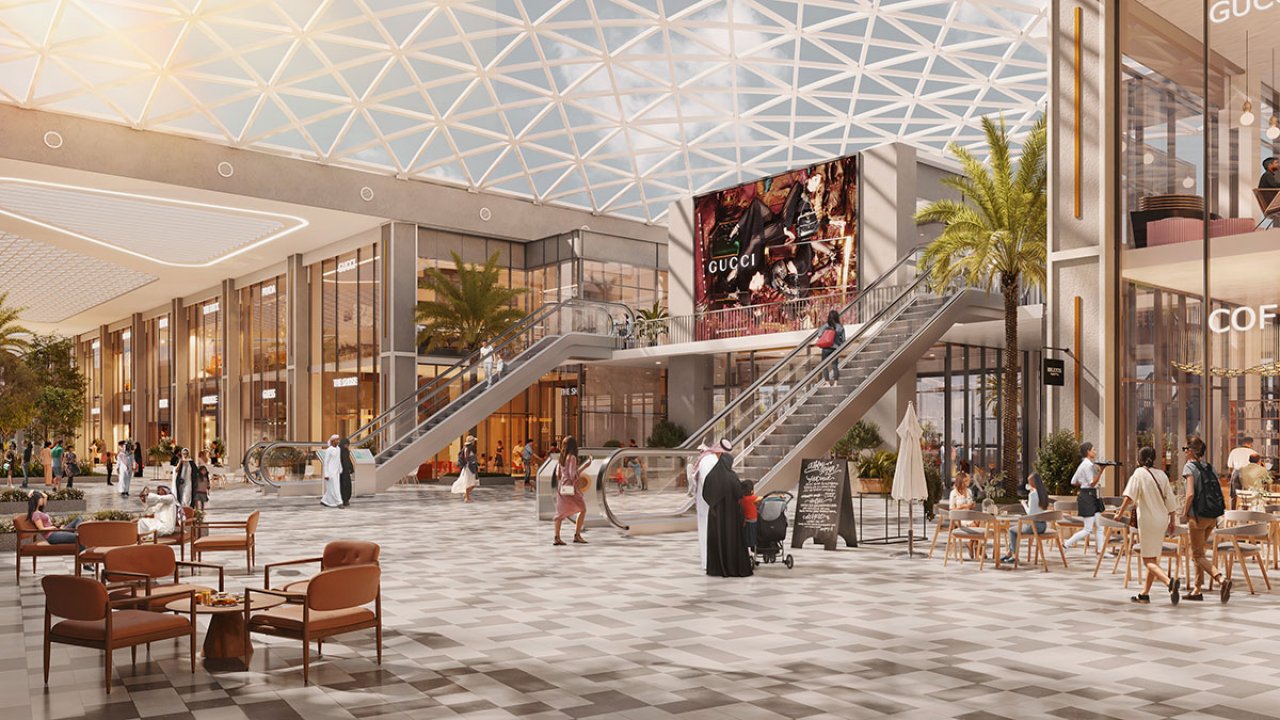
To transform architectural concepts into visual wonders, mastering photorealistic rendering architecture is crucial. This article strips away the complexity to unveil the core of creating renders that rival reality. Discover the role of precision lighting, material textures, and the impact of technology as we guide you through the essential elements for stunning visualizations. Expect a practical journey into the world of architectural rendering, where achieving photorealism is no longer a mystifying challenge.
Key Takeaways
Photorealistic rendering in architecture creates highly realistic 3D images that minimize risk of errors, provide clear design concepts and enable nuanced representation of lighting, materials, and textures.
High-quality photorealistic renderings enhance client communication and decision-making, set clear expectations, and serve as effective marketing tools by offering a tangible preview of proposed projects.
Advanced rendering software and hardware accelerate the rendering process, improve visual accuracy, and allow real-time visualization and editing, contributing to increased efficiency in architectural workflows.
The Essence of Photorealistic Architectural Renderings
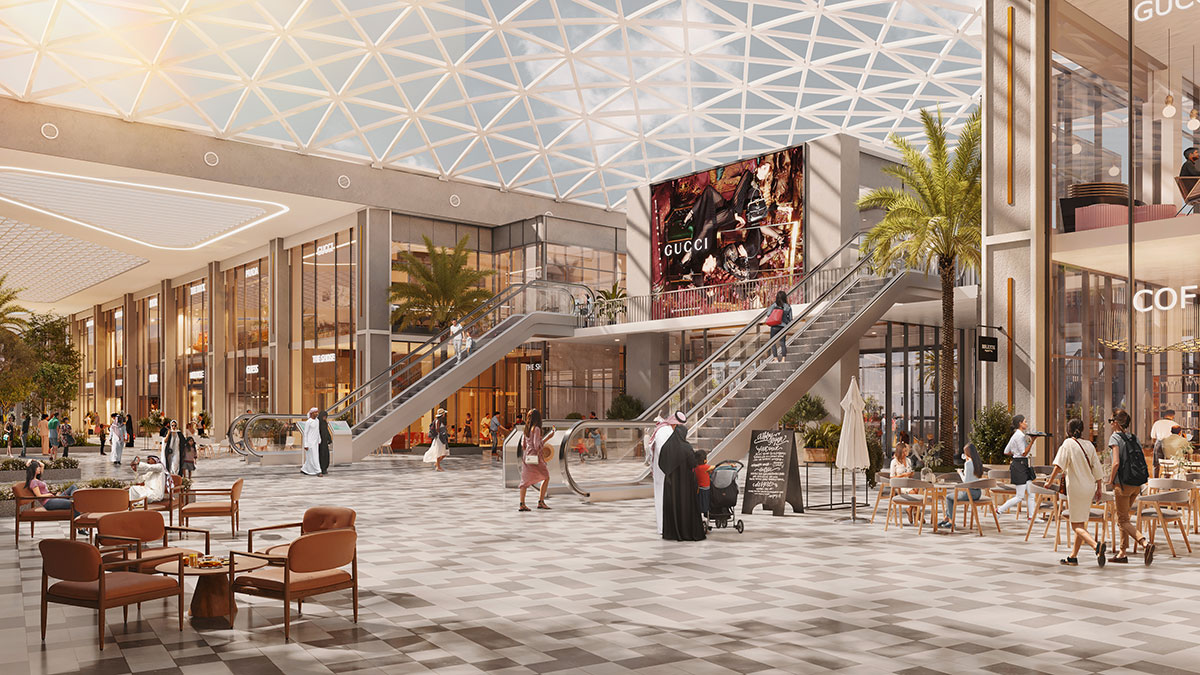 Created by Arqsix
Created by Arqsix
Photorealistic rendering is the art and science of using computer software to create realistic 3D images of architectural designs. These images, often indistinguishable from actual photographs, impress clients, enhance the architect’s brand, and empower artists to convey their visions with significant impact. They provide a realistic representation of projects, presenting accurate dimensions, realistic lighting, and lifelike textures that help in clarifying design concepts early in the process, thereby minimizing the risk of costly mistakes and revisions.
Achieving visual realism in photorealistic rendering demands a high level of precision and detail, replicating reality and sometimes even surpassing it, to create stunning visual representations. The goal is not just to mimic real-world materials and lighting, but to impart a sense of authenticity that resonates with viewers, making them feel as if they are looking at a real-life image rather than a rendered one.
The Magic Behind Mimicking Real-World Lighting
Lighting plays an essential role in architectural renders, accentuating form, shape, and details through shadows and highlights to give objects and architectural elements depth and realism. These lighting techniques aim to replicate natural lighting conditions, such as the warm glow of sunlight or the soft diffuse light of an overcast sky, and present the building in different lighting scenarios, such as daylight and night-time illumination.
To ensure accurate shadows and color fidelity, architects and designers use global illumination algorithms to mimic real world lighting by simulating how light bounces off surfaces. Furthermore, High Dynamic Range Imaging (HDRI) for environment lighting provides complex, real-world lighting scenarios to enhance material realism, creating a photorealistic environment that is both aesthetically pleasing and accurate.
Material Mastery: Textures That Speak Volumes
Textures are a crucial element in photorealistic rendering, imparting surfaces with realistic textures and a range of characteristics, such as:
roughness
reflectivity
bumpiness
transparency
These characteristics are essential for adding depth and tactile qualities to architectural objects. Layering maps like diffuse, specular, and normal, and adhering to physically based rendering (PBR) workflows, enable the nuanced representation of material textures, promoting authenticity in visual appearance.
Texture influences the perception of architectural spaces. PBR materials ensure realistic light interaction, affecting the appearance of spaces based on material properties like reflectivity and surface roughness. Through careful texture detailing, spaces can convey history or purpose. The careful selection of textures contributes to the ambiance, visual storytelling, and the overall aesthetic of architectural environments.
Capturing Perspective with Camera Angles
Different camera angles in architectural renders tell unique parts of the building’s story. Here are some examples:
Eye-level views depict a building from a pedestrian’s perspective
Semi-aerial views offer a wider context
Aerial views show the building’s entirety and relationship with its surroundings
Close-ups focus on material details and textures
Unique architectural features can be accentuated by:
Fine-tuning camera angles
Playing with the interplay of light, shadow, and material imperfections
Adding cinematic lens effects such as bloom, glare, and lens flares
By incorporating various techniques, one can create compelling visuals that enhance the visual appeal and emotional engagement of the render, ultimately providing a narrative that resonates with viewers.
The Impact of High-Quality Photorealistic Renderings on Client Relations
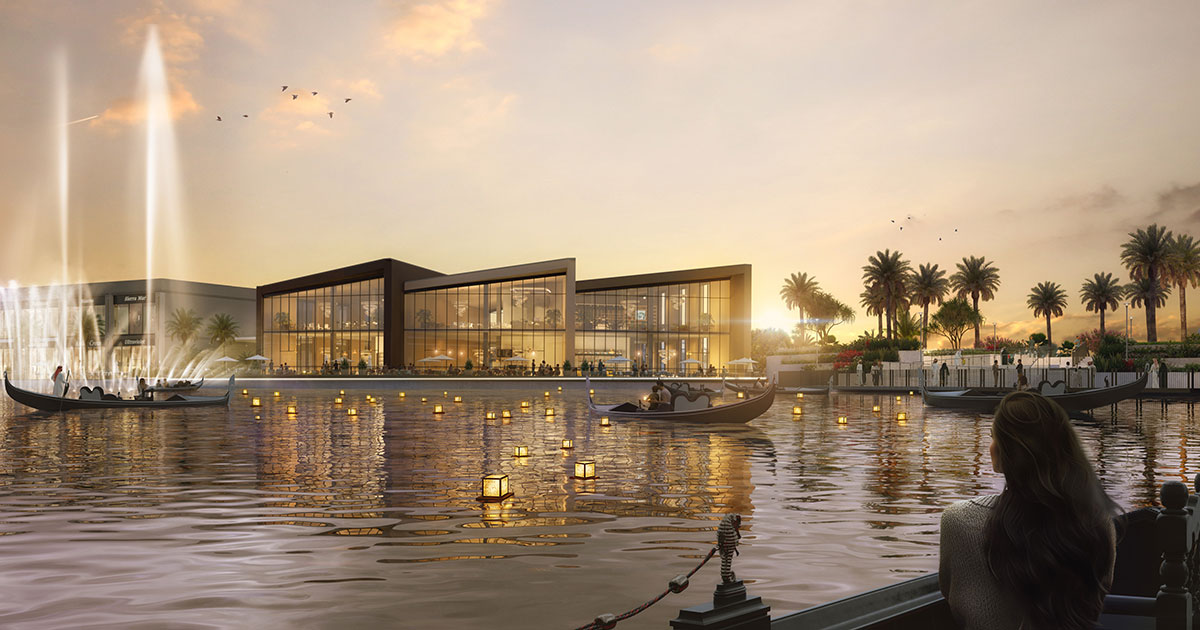 Created by Arqsix
Created by Arqsix
High-quality photorealistic renderings play a pivotal role in bridging the communication gap, allowing clients to fully grasp the architect’s or designer’s envisioned concept. These renderings not only impress clients with their lifelike representation of the proposed project but also enhance their appreciation for the envisioned project’s quality.
Incorporating client feedback into photorealistic renderings not only refines the design to meet their preferences but also fosters client satisfaction and approval. Proper lighting within photorealistic renderings is essential for establishing the desired mood and atmosphere, thereby impacting the perceived depth and realism of the space.
Setting Clear Expectations
Photorealistic renderings offer several benefits:
They present a realistic depiction of the final product, setting clear and achievable expectations.
They reduce the likelihood of disappointment or surprise at later stages of the project.
They facilitate open communication between architects and clients, minimizing misunderstandings.
They ensure that the design intent is clearly understood.
By providing a clear and detailed visual representation of the project, photorealistic renderings offer several benefits:
Faster client decision-making
Smoother design process
Reduced confusion
Facilitated effective communication
Seamless transition from the design phase to the construction phase.
Marketing Marvels: Leveraging Visuals for Promotion
High-quality photorealistic renderings used in marketing materials can:
Forge a strong visual connection that draws in potential buyers and investors, enhancing their engagement with the project
Offer a tangible and visually impressive preview of the envisioned project
Heighten investor confidence by effectively communicating where and how their investments will be realized
Interior renderings serve a pivotal role in marketing strategies by giving prospects a glimpse of the finished spaces, thus helping potential buyers or investors to visualize and connect with the project. Potent marketing tools in their own right, photorealistic renderings present products or architectural designs in the most favorable manner, garnering attention and piquing the interest of potential clients and investors. To create renderings that effectively showcase these designs, it is essential to focus on the details and ensure a high level of realism.
Crafting Interiors: The Art of Commercial Interior Rendering
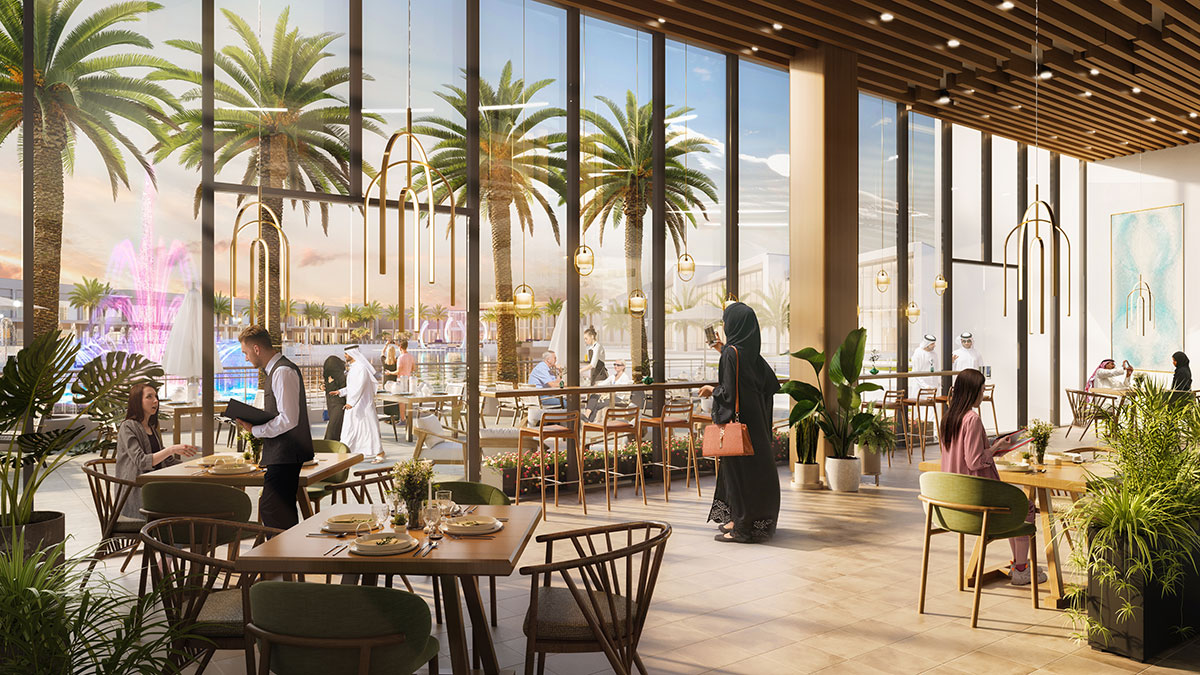 Created by Arqsix
Created by Arqsix
Commercial interior rendering provides clients with an engaging experience, allowing them to preview the design’s layout, materials, colors, and illumination of spaces like office buildings, retail areas, and hotels. Compared to residential projects, commercial interior rendering typically requires more time, with varied timelines such as 5 to 9 days for a restaurant of 100 sq. m. or 12 hours for a smaller space like a bakery of 50 sq. m.
Photorealistic architectural visualization aids the hospitality industry by showcasing exterior and interior concepts, including different lighting scenarios. Ensuring a detailed brief containing drawings and reference materials is crucial for capturing the design vision accurately. Commercial interior visualization can vividly represent a range of project types, including office spaces, shops, gyms, SPA, cinemas, restaurants, business centers, and shopping malls, as well as specific hotel elements like the reception area, restaurants, and lounge zones, all brought to life by skilled interior designers.
From Ceiling Plans to Wall Elevations
Ceiling plans and wall elevations provide the heights of walls and ceilings, as well as precise locations of doors, windows, and other design elements. By using detailed ceilings and wall plans, render artists can create an accurate structure of the interior space and avoid fundamental design errors.
Floor plans, in conjunction with wall elevations, enable render artists to place objects correctly and envision the entire room at the proper scale. Accurate wall elevations are crucial to ensure that different room elements interact cohesively and prevent the need for costly and time-consuming re-renders.
Colour Schemes and Material Choices
Color schemes in commercial interior rendering define the mood and atmosphere, directly influencing customer behavior and interactions within the space. Different hues can evoke a spectrum of emotions and responses; the psychology of color is thus pivotal in commercial interior design. The complexity of color choice in commercial interiors involves considering the shade, light, and saturation, with an understanding of how these elements affect the space’s visual impact and psychological ambiance.
Using the color wheel, designers can select colors for different emotional outcomes:
Complementary colors for a vibrant contrast
Similar hues for warmer or cooler schemes
White, suggestive of cleanliness and simplicity, often used in minimalist designs and to create an illusion of more space
Red, often used for its energetic appeal, effective in dynamic settings but should be used in moderation to avoid overwhelming sensations.
Bringing Exteriors to Life: Techniques for Realistic Residential Exterior Renders
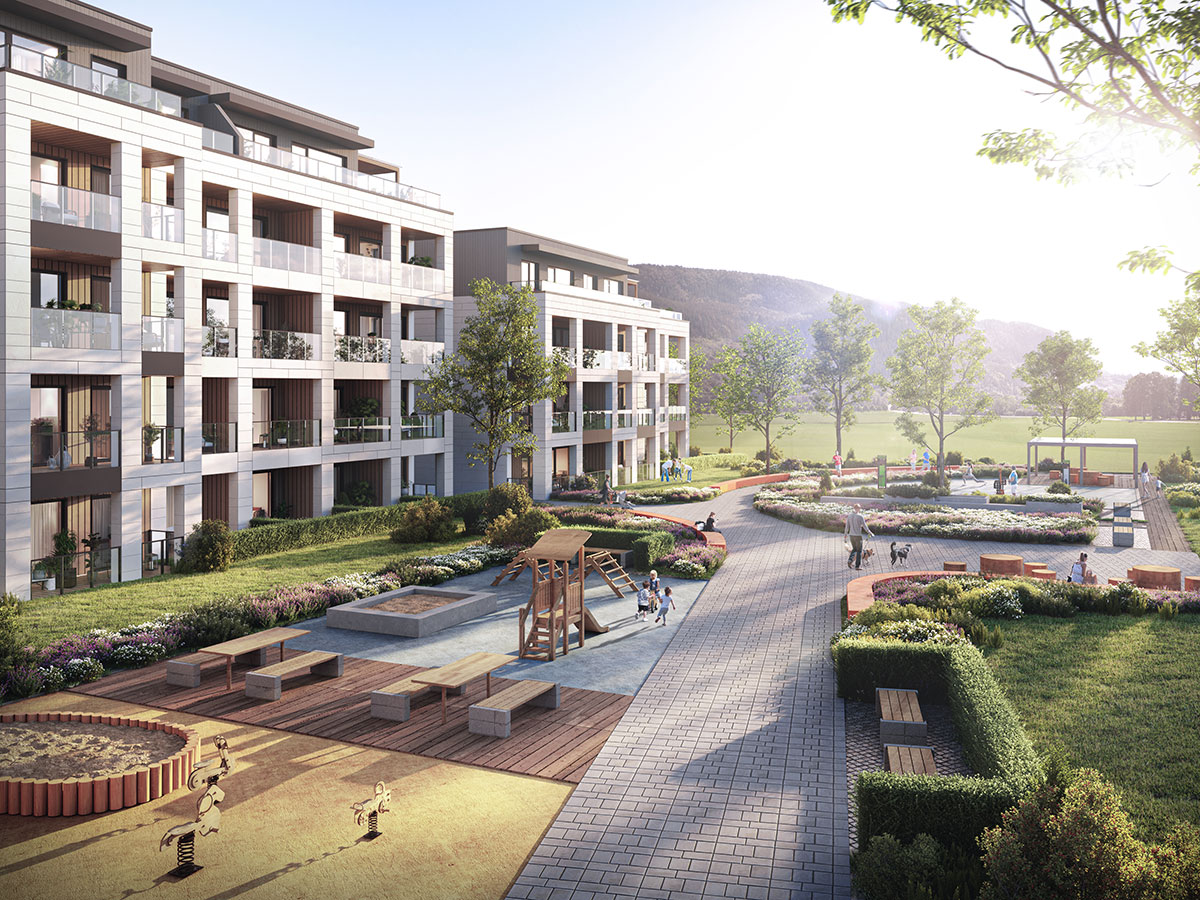 Created by Arqsix
Created by Arqsix
Photorealistic images of houses and other residential properties are crafted to showcase exteriors to potential buyers or investors. The images highlight the design of the building, including the facade, roof, landscaping, and surrounding environment. In crafting realistic residential exterior renders, emphasis is placed on showcasing visual aspects such as:
Design benefits
Shapes
Material choices
Finishes
The surrounding environment
Architects provide a general plan of the area, improvement plan, floor plans, desired atmosphere, facade materials, preferred time of day, and specific elements to include in order to produce a detailed and accurate exterior render. Real estate developers and architects utilize exterior renderings to visualize the final product before construction and to capture the interest of potential buyers or investors.
Integrating the Surrounding Environment
Designers should aim to blend the building with the surrounding natural environment, avoiding an unnatural stick out appearance. Rendering environmental changes like seasonal variations in vegetation adds to the realism of exterior renders. Environmental realism in exterior renders is enhanced with accurate representations of nearby buildings, streets, and natural landscapes.
High-resolution satellite images can assist in accurately recreating the surrounding terrain and foliage for exterior renders. Lighting should mirror the specific geographical location and time of day to authentically integrate the structure into its environment. Proportionate scaling and textural details are essential for crafting photorealistic environments that complement the designed structure.
Focusing on Small Details
Introducing imperfections such as scratches, dents, and rust on surfaces, along with rounded edges instead of sharp ones, enhances the authenticity of renders. Incorporating details like light switches, plug sockets, and road markings provides a narrative of a lived-in space, adding depth and context to photorealistic renders.
Green roofs, walls, and facades can be detailed in renders to showcase the ecological benefits and aesthetic integration within the built environment. The addition of human figures in post-production can help to properly convey the scale of an architectural space and make the visualization more relatable to viewers.
Transforming Concepts into Visual Stories
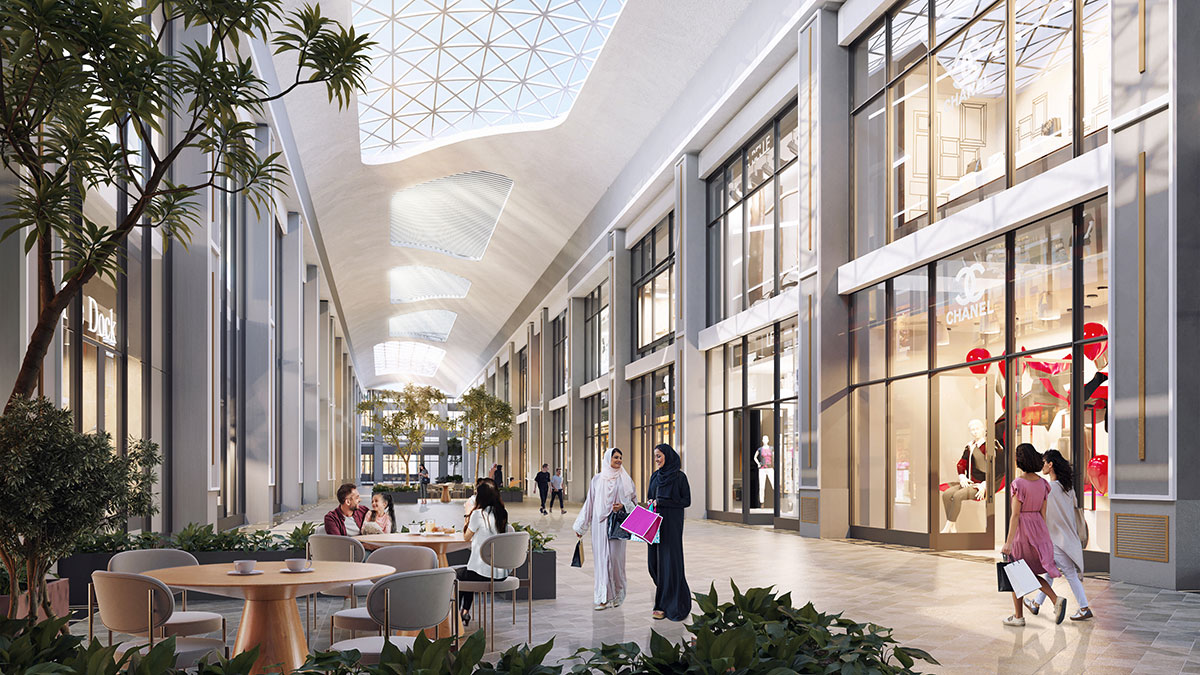 Created by Arqsix
Created by Arqsix
Photorealistic renderings can forge an emotional connection, persuading clients to approve and invest in a design due to the compelling visual narrative. Through photorealistic visuals, architects convey the design’s story in a manner that words alone cannot, allowing stakeholders to envision the completed project.
Client presentations leveraging photorealism provide a sense of tangibility and realism, facilitating client comprehension and buy-in for the proposed concepts. The storytelling aspect of architectural renders is greatly enhanced when they are indistinguishable from real-life photos, emphasizing the important role of photorealism in effectively communicating the intended design story.
Visual Storytelling Through Design Flaws and Features
Photorealistic rendering serves as a powerful tool to highlight and enhance unique design features in architectural projects. Beyond showcasing strengths, photorealistic rendering is instrumental in identifying potential design flaws early in the design process.
The visual storytelling aspect of photorealistic rendering allows for a comprehensive portrayal of architectural projects with a focus on their strengths and weaknesses. This capability to address and correct design flaws before construction ensures a more polished and refined final product.
Creating a Photorealistic Environment
Creating a photorealistic environment in architectural rendering requires meticulous crafting of details such as:
lighting
shadows
textures
materials
to mimic real-world complexities. Adding human elements like people and everyday objects in renderings not only offers scale but also reinforces the realistic portrayal of the architectural environment.
Using photographs to create images in the visualization process as references or for compositing improves the realism of the rendered environment, ensuring seamless integration with actual scenarios. Incorporating atmospheric effects like fog and dust adds depth and mood to the rendering, contributing to a more lifelike environment.
Maintaining a simple and uncluttered design allows the key elements of the architecture to stand out, thus enhancing the realistic quality of the rendered image.
The Role of Technology in Photorealistic Architectural Rendering
New advancements in software for photorealistic architectural rendering offer features such as highly realistic materials, accurate lighting and shading, and enhanced texture capabilities. Offline rendering tools like VRay and Corona bring a high level of accuracy to still images and animations through sophisticated algorithms that simulate real-world physical properties, lighting, and shadows. Although, if you want a deeper dive into the world of architectural rendering software, we highly recommend reading 3D Agora’s guide.
Modern rendering software, including Twinmotion and Revit, enables seamless synchronization between schematic designs and the rendering process, allowing for immediate visual feedback through real-time edits.
Advances in Software and Hardware
The NVIDIA Quadro RTX series, including the RTX 8000 and RTX A6000, and the GeForce RTX series, like the RTX 3090, provide robust hardware capable of handling the demanding tasks of photorealistic architectural rendering. GPU rendering, favored by professionals for its real-time visualization capabilities, significantly speeds up the rendering of large and complex architectural scenes.
NVIDIA GPUs equipped with CUDA cores are indispensable in 3D graphics rendering software, offering enhanced rendering speeds that greatly contribute to the efficiency of the rendering pipeline. While CPUs are versatile and produce detailed rendering results, GPUs are recognized as a cost-effective and faster alternative, especially valuable in photorealistic architectural rendering workflows.
Post Processing for Perfection
Post-processing techniques such as:
adjusting contrast
saturation
brightness
employing color mapping
bloom
glare
vignette effects
can significantly refine a render and heighten its realism. In advanced architectural rendering software, real-time postprocessing controls in the Virtual Frame Buffer enable immediate visualization and fine-tuning of the render.
Tools like Chaos Corona and V-Ray offer postproduction features to adjust color, lighting, and materials, aiding artists to realize the anticipated level of photorealism in their renders. Incorporating depth of field, motion blur, and atmospheric effects in the post-processing stage contributes to the lifelike qualities of architectural visualizations.
Finishing the render involves the use of a 2D program like Photoshop to adjust aspects like contrast and color, and to add elements such as plants and people for increased visual impact.
The Journey from Concept to Reality
Photorealistic renderings are a key factor in increasing the likelihood of project approval by offering review boards a realistic vision of the proposed design prior to the start of construction. Rendering technologies expedite the approval process for architectural projects by providing stakeholders with a clear visualization of the final outcome.
Advancements in architectural rendering software equip architects with the ability to create highly accurate representations of their designs, facilitating a clear preview of how buildings will look once built. Photorealistic renderings streamline the design process by:
Making it easier to submit timely corrections
Visualizing potential changes
Circumventing additional costs associated with after-the-fact modifications.
Summary
In today’s digital age, photorealistic rendering has emerged as a crucial tool in architectural visualization, bridging the gap between abstract concepts and tangible reality. It empowers architects and designers with the capability to create compelling visuals that mimic real-world complexities, engaging clients and stakeholders in a manner that words alone cannot. By blending the building with its surroundings, focusing on small details, and using advanced software and hardware, photorealistic rendering enables the creation of a highly accurate and visually impressive preview of the final product.
Through effective communication, photorealistic renderings enhance client relations, set clear expectations, and serve as potent marketing tools. They transform concepts into visual stories that forge emotional connections, persuade clients to approve and invest in designs, and enable architects to identify potential design flaws early in the design process, ensuring a polished and refined final product. As technology continues to advance, the role of photorealistic rendering in the field of architecture is set to become even more significant, heralding an exciting future for the industry.
FAQs
Our location
Ready to share your expertise?
We welcome submissions from talented writers and experts in various fields who are passionate about sharing their knowledge and insights with our audience.
Write for UsArqsix - Shaping Stories, Shaping Spaces
Elevating real estate marketing for a world that’s always evolving.
2025 © Arqsix. All Rights reserved. |Sitemap|Privacy Notice